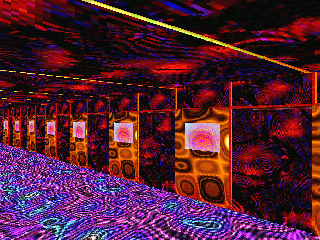

As a result, there has been very little research on any of these substances. But starting in the 1970s, LSD (along with mushrooms and MDMA) was designated a tightly controlled substance as part of the war on drugs. It’s a potent psychedelic that played a big role in ‘60s counterculture. LSD has been around since 1938, when it was synthesized by the chemist Albert Hofmann. It turns out that LSD has a structural feature that makes it bind with the receptor for a long time and keeps the trip going for hours. In a separate study published in Cell, scientists captured images of how LSD interacts with certain receptors in the brain. The scans let us see just how the drug makes it suddenly seem like everything is so profound. In one study, published in Current Biology, researchers took brain scans from volunteers who listened to both personally meaningful songs and meaningless songs while either tripping, on a placebo, or on acid and another drug.

Two studies on LSD provide glimpses of how the drug works in the brain. And not only that, scientists may have figured out why trips last so long. It’s no secret that being on acid - also known as LSD, or lysergic acid diethylamide - can make the mundane seem full of meaning, but now we may know why.


 0 kommentar(er)
0 kommentar(er)
